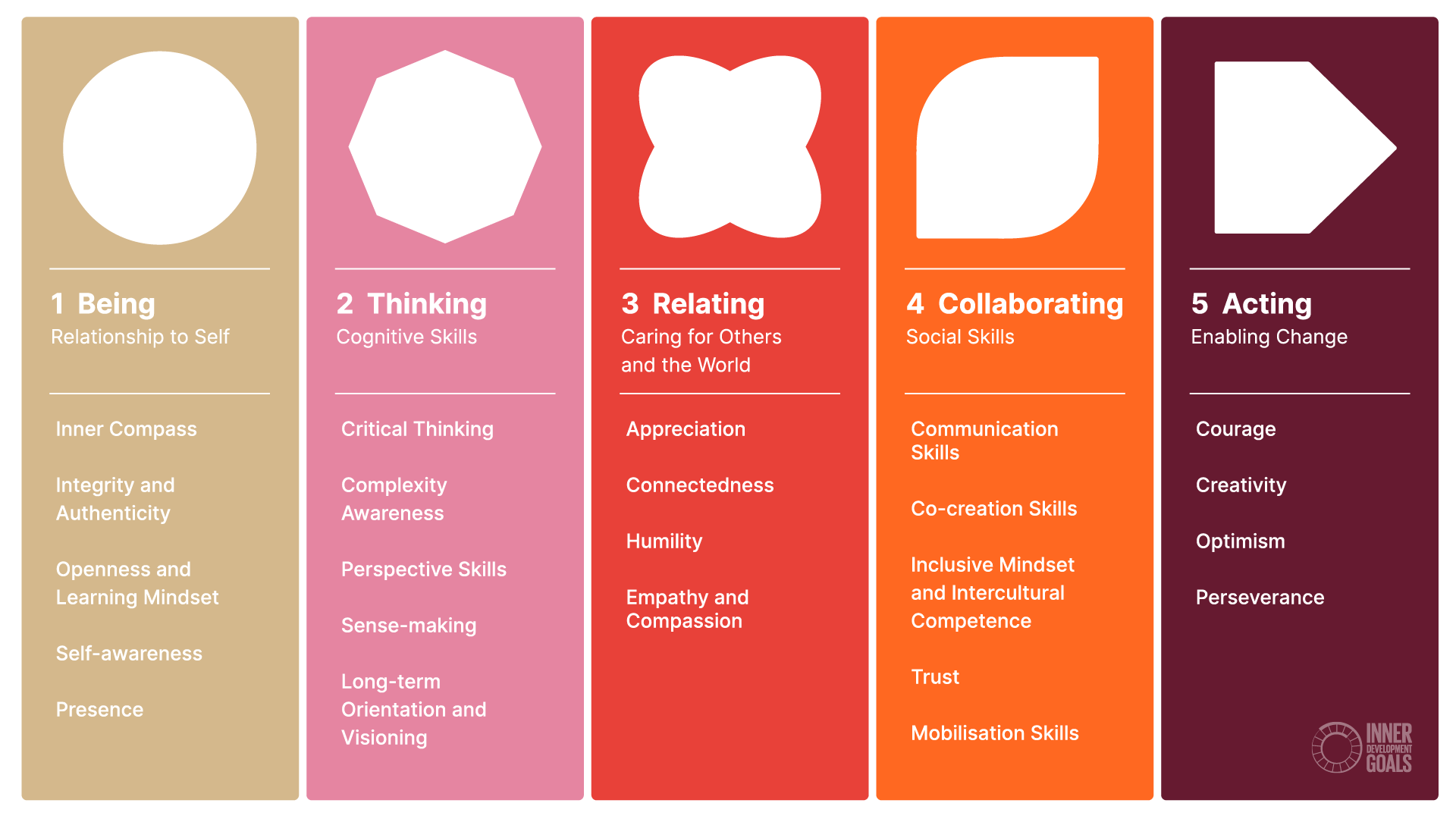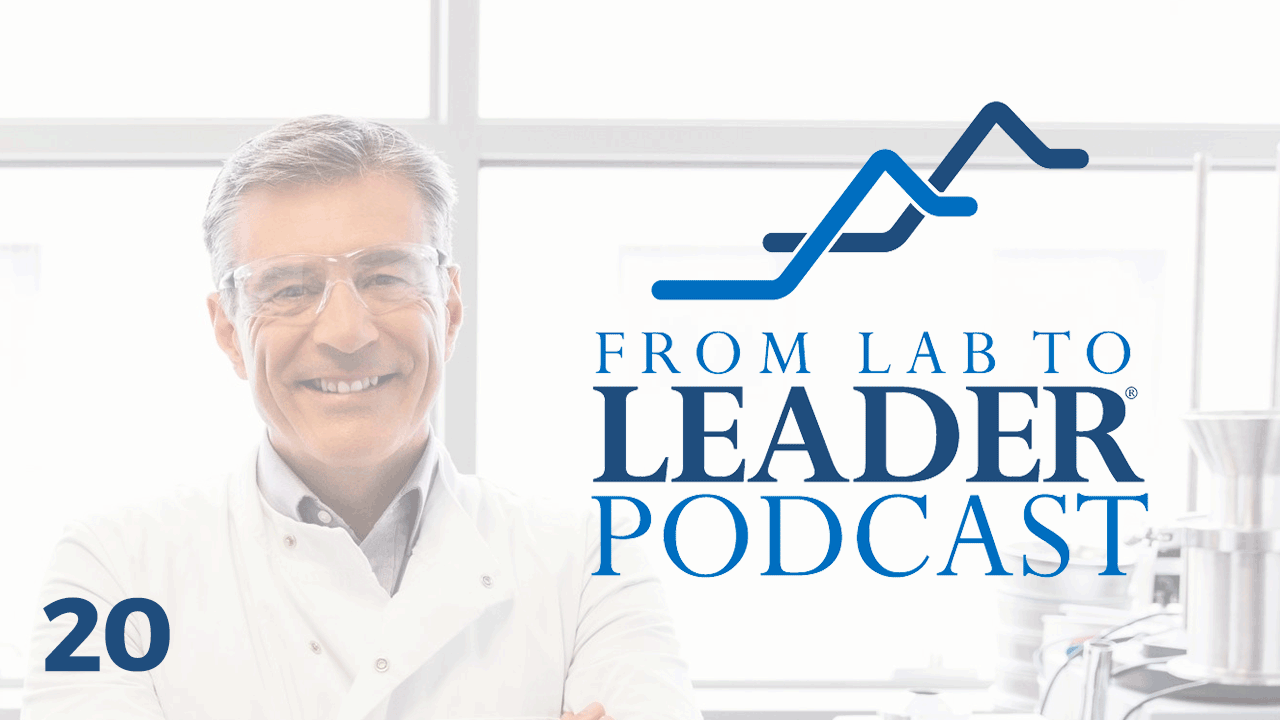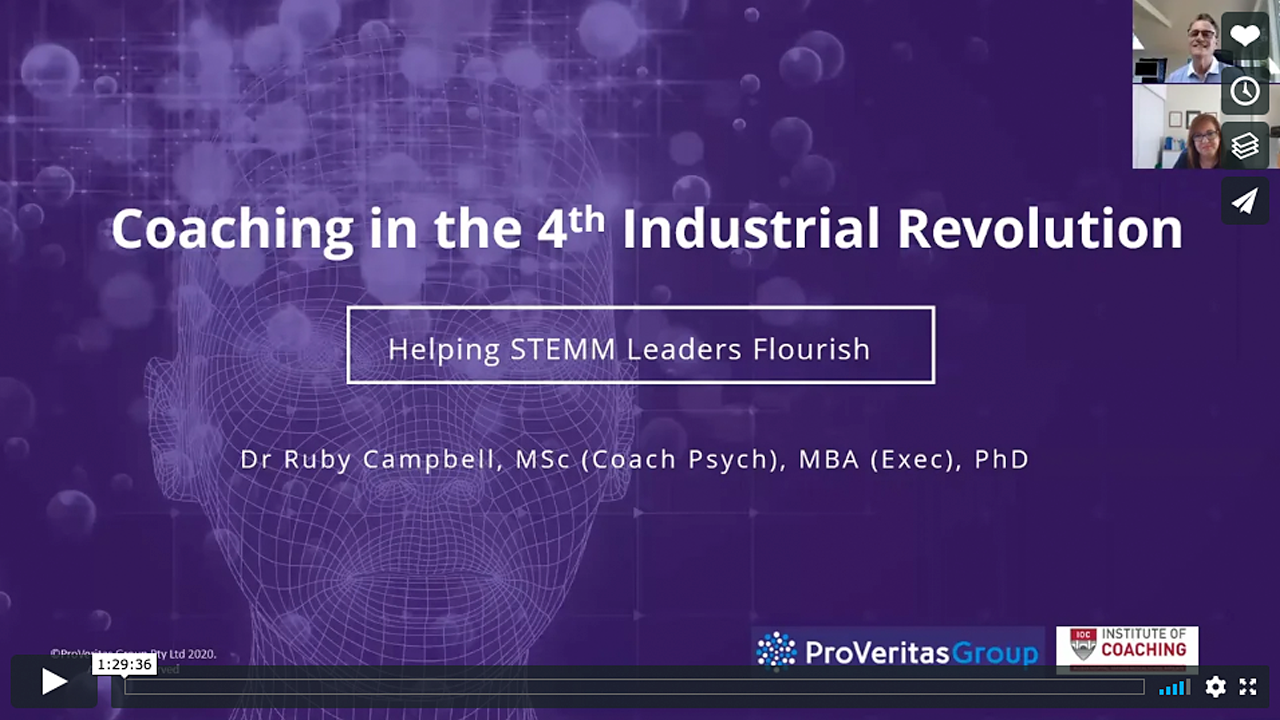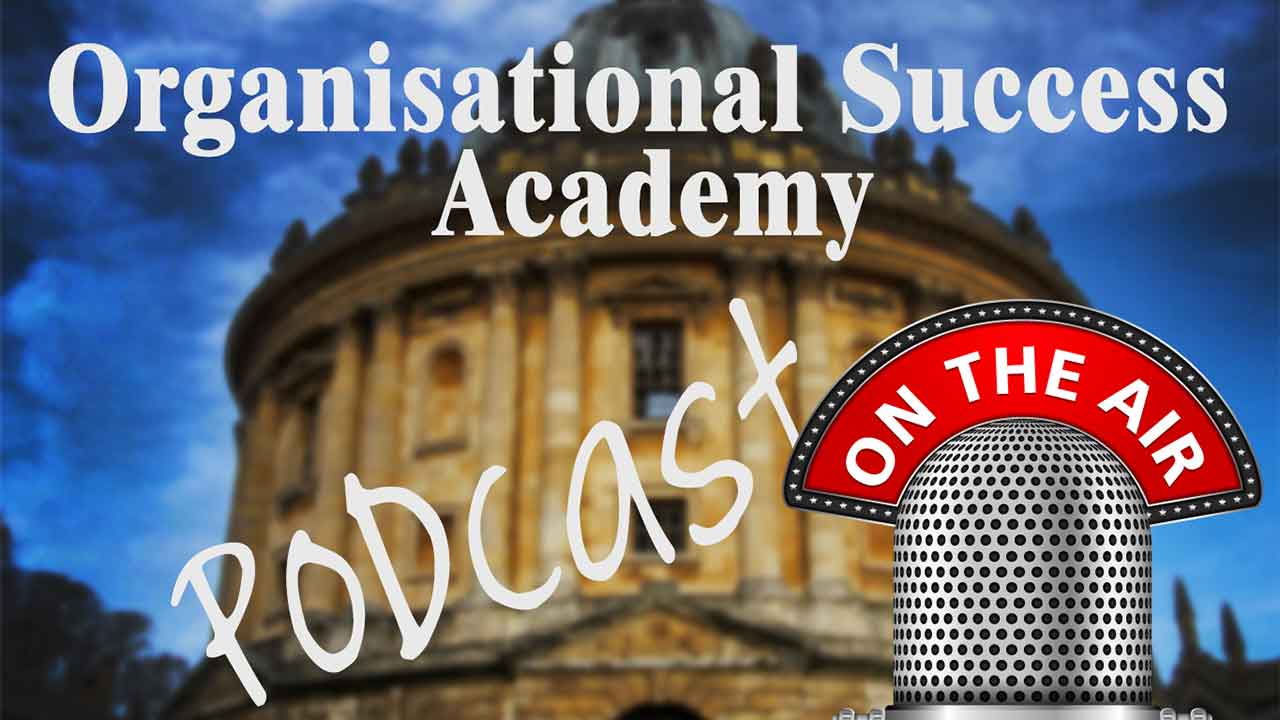Published: Sep 07, 2025
Written by: Dr Ruby Campbell

In coastal New South Wales, a council engineer was tasked with upgrading stormwater infrastructure after repeated flooding. The sustainability brief was clear: reduce flood risk, meet compliance standards, and stay within budget.
During our coaching conversations, they sensed something was missing and decided to consult Traditional Owners and local residents. A forgotten possibility surfaced. Beneath the asphalt lay an old creek system, once shaded by paperbarks and home to native fish. The engineer began to apply a dual lens. Sustainability kept the project within limits, ensuring safety, risk reduction, and cost efficiency. Regeneration asked a deeper question: what might restore vitality?
Working with colleagues, Elders and ecologists, the team developed a plan to daylight sections of the creek, replant native species and create shaded walking tracks. The outcome was more than flood mitigation. It became a cooler urban corridor, a habitat for wildlife, a community gathering place and a renewed relationship with Country.
Sustainability sets the floor, meeting needs within limits. Regeneration raises the ceiling, restoring the capacity of ecological and social systems to thrive.
These are not opposing concepts but complementary guides. Sustainability remains foundational in policy, standards and reporting. Regeneration deepens the purpose by focusing on renewal, resilience and vitality, especially in systems already under stress. Below is a handy table:
| Dimension | Sustainability | Regeneration | Complementarity |
|---|---|---|---|
| Origins | Brundtland Commission (1987); UN SDGs | Indigenous knowledge; ecological design, regenerative agriculture, systems thinking | Global policy legitimacy meets cultural and ecological wisdom |
| Core Purpose | Meet present needs without compromising the future | Restore vitality and resilience of living and social systems | Balances safe limits with active renewal |
| Focus | Prevent harm: efficiency, conservation, compliance | Enable renewal: restoration, creativity, flourishing | Shifts from “do less bad” to “create more good” |
| Scope of Action | Environmental management, risk reduction, resource responsibility | Ecological restoration, community resilience, cultural renewal | Strategies that protect and regenerate |
| Metrics | Carbon reduction, water use, biodiversity loss avoided, SDG indicators | Soil health, ecosystem vitality, cultural integrity, social cohesion | Dual metrics offer a fuller picture of impact |
| Leadership Lens | Responsibility, accountability, intergenerational equity | Presence, collaboration, healing, innovation | Leaders require both accountability and renewal |
| Ultimate Goal | Prevent further decline | Restore conditions for life to flourish | Shared aim: planetary health and human wellbeing |
Planetary health recognises that human wellbeing is inseparable from the health of Earth’s systems: climate, biodiversity, water and culture. To protect and restore these systems, STEMM leaders must apply both lenses together.
Whether you're designing infrastructure, shaping policy or leading research, this shift invites a deeper kind of leadership, one that integrates technical rigour with relational intelligence and systems thinking.
For decades, sustainability has provided STEMM leaders with a shared language to influence policy, anchoring climate targets, environmental standards and global frameworks like the UN Sustainable Development Goals. It has enabled scientists, engineers and clinicians to shape public discourse and institutional mandates through evidence-based thresholds and risk management.
As outlined in the Discussion Paper: Inner Development for Planetary Stewardship, prepared for the global IDG Framework Research conversations in my capacity as Oceania’s Regional Research Lead, sustainability has helped institutionalise the principle of "do no further harm." It has driven measurable change in areas such as emissions reduction, biodiversity protection and health equity.
Yet the scientific evidence is clear: several planetary boundaries have already been crossed and we’re now on a dangerous path. Progress has been uneven and insufficient to keep systems within safe operating limits. Many ecological and social systems are now under severe strain.
Regeneration expands the horizon. It asks not only how we prevent further harm, but how we actively restore vitality to ecosystems, communities, and institutions. It shifts the mindset from compliance to co-creation, from reduction to renewal.

This is where the Inner Development Goals (IDGs) become essential. The IDGs offer a structured framework for cultivating the inner capacities that make this transformation possible. They help STEMM leaders move from technical expertise to influential leadership, capable of navigating complexity, building trust and designing policy that serves planetary health.
Together, these capacities form a kind of Periodic Table of Leadership, a reference point for STEMM professionals seeking to lead with influence, not just expertise. By developing the IDG inner capacities, STEMM leaders will be better equipped to drive shifts that truly matter in practice:
At ProVeritas Leadership, and through the soon to launch STEMM Influence Lab, we support scientists, technologists, engineers, mathematicians and medical professionals to expand from technical expertise into influential leadership.
This work is grounded in a clear theory of change: that planetary health and wellbeing require both sustainability and regeneration, applied together, not in isolation. Sustainability sets the floor. Regeneration raises the ceiling. The IDGs provide the scaffolding that makes the crossing possible.
The STEMM Influence Lab brings this to life. Through immersive programmes, coaching and collaborative learning, we help STEMM professionals:
A new kind of leadership is emerging in STEMM: grounded in science, guided by values and capable of restoring life. These shifts reflect a litmus test for STEMM leadership: how is our work enabling planetary health and wellbeing?
If you are ready to lead from the inside out, in service of systems that sustain us all, we would love to welcome you.
OUR KEY leadership coaching solutions
Emotional Intelligence, visioning, sense-making, inventing and other essential leadership capabilities.
Evidence-based, customised L&D solutions to equip 21st Century leaders achieve business outcomes sustainably.
Helping teams function as more than “the sum of its parts” by learning how to connect and collaborate effectively.
Helping organisations understand, develop and action evidence-based ESG strategies with humanity in mind.
Executive Leadership Media & Podcasts

Podcast: Ruby Campbell’s SCIENCE Coaching Model - Episode 20
LISTEN NOW HERE

Webinar: Dr Ruby Campbell with the IOC McClean Hospital/Harvard Medical School Affiliate on 'Coaching in the 4th Industrial Revolution'. Leadership Coaching has become one of the most effective Learning &...
VIEW VIDEO HERE

Podcast: In this episode from The Oxford Review Podcast, an interview from Dr Ruby Campbell, author of Scientists in Every Boardroom: Harnessing the power of STEMM leaders in an irrational...
LISTEN NOW HERE
Dr Ruby Campbell is the founder and Managing Director of ProVeritas Leadership, and Executive Coaching and Consulting firm. She is also the author of the ground-breaking book Scientists in Every Boardroom: Harnessing the Power of STEMM Leaders in an Irrational World.
MORE ABOUT OUR TEAM
Please complete the enquiry form so we can help you with your growth journey. You will receive an email from us within 24 hours.